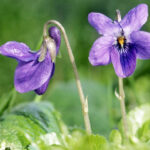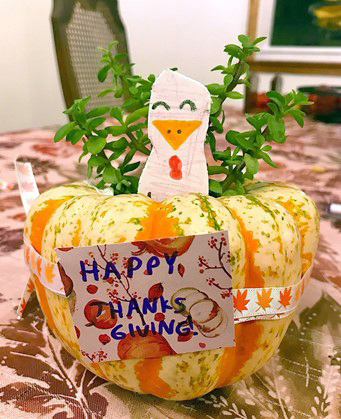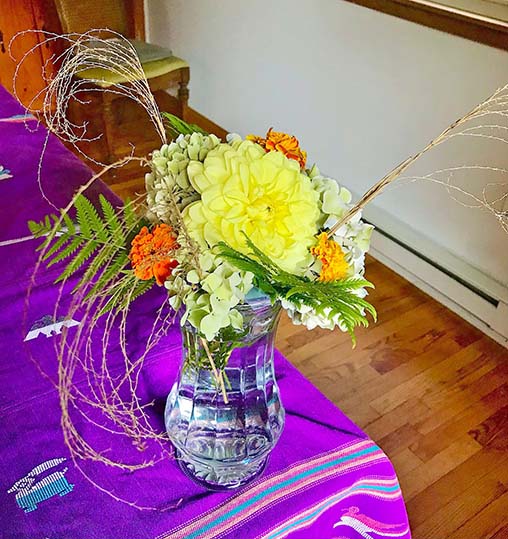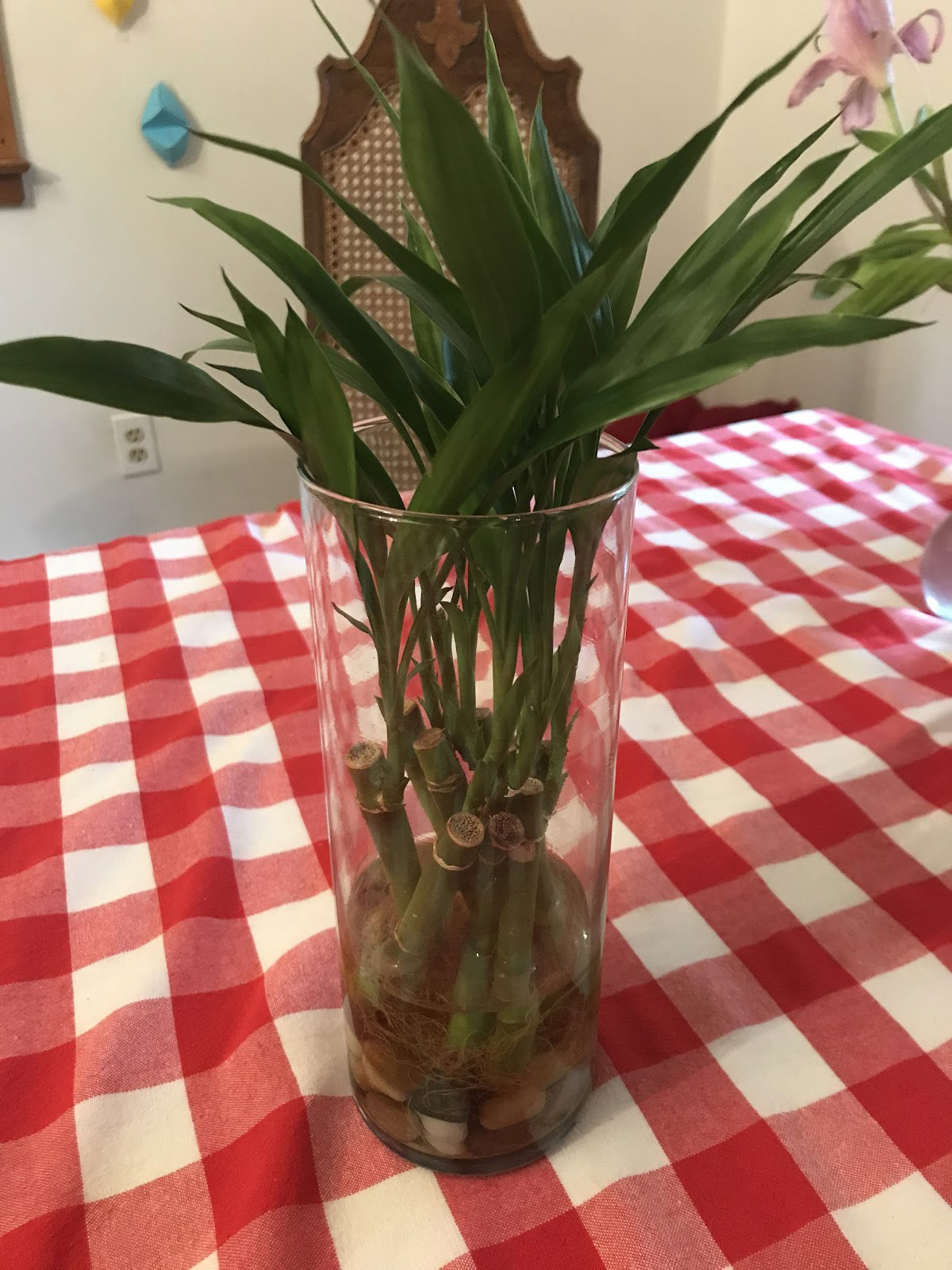by Ana Morlier, The Crazy Plant Lady
Plants That Symbolize Peace
Happy January! Even though the major holidays have passed, there are still many important national holidays to celebrate.
On January 1, the Universal Hour of Peace will be celebrated. The day was founded on the idea that the new year should start with the harmony and unity of all nations. During this time, fighting across the globe ceases. However, this special day should be extended and set the tone for the rest of the new year. A year of acceptance and love for all. There should be no barriers for anyone who wants to accomplish their dreams.
Celebrate this day by gifting family and friends with these plants that symbolize peace. Or, nurture these plants on your own, and remind yourself that even with external conflict, peace is achievable both inside and out, as you can enact positive change.
Lavender. This easy-to-care for herb releases a soothing aroma and can be maintained indoors. Gifting these plants shares the feelings of devotion, love, protection, and happiness. To maintain this plant, place your pot (with well-draining soil) in direct sunlight and plant your lavender. Water every other day. You can water lavender every day, if necessary.
Violets. Previously used for the deceased, as this flower was thought to bring peace to resting souls. This plant represents healing, devotion, and peace. Luckily, violets return every year (as they are perennial) and need only moderate watering and a cool space to grow.
Note: They are expected to bloom in mid to late summer, but this does not mean you have to wait to cultivate them or acquire planting supplies to grow them in spring!
Peace Lilies. These plants symbolize peace, empathy, and tranquility and make perfect houseplants! Again, they require well-draining soil, but grow in indirect sunlight, with occasional watering every two to three days.
Rosemary. This plant is said to be used to commemorate loved ones with it’s comforting aroma. Similar to lavender, it can be grown indoors in direct sunlight, with well-draining soil and periodic watering.
Fiscus. These are great indoor plants that symbolize peace and prosperity. They require indirect sunlight, occasional watering and temperatures between 60 and 75 degrees fahrenheit. Their voluminous leaves can make one mistake these plants for trees!
Monstera. This plant is tropical in appearance, with large leaves. Symbolizing honor and respect, these plants require indirect sunlight and occasional watering.
Philodendrons. These are hearty plants that thrive in temperatures between 50-90 degrees fahrenheit in indirect sunlight. They also require occasional watering and well-draining soil. These dark, leafy plants symbolize a love of nature and growth.
Take time to honor this special day and appreciate the peace in your life. May these plants empower you to bring peace to others and change the world for the better.
Credit to Flower Meaning.com, Kayleigh Dray from the Stylist, UK; Erica Daniels, ProFlowers, and National Today.






